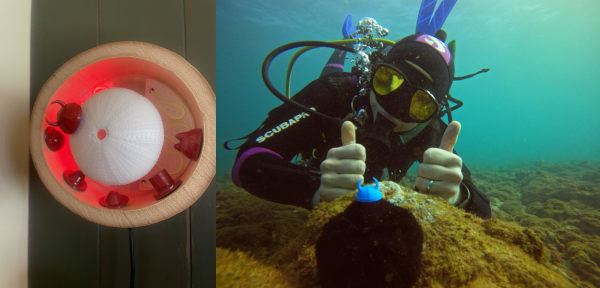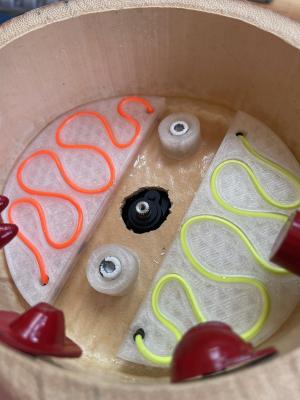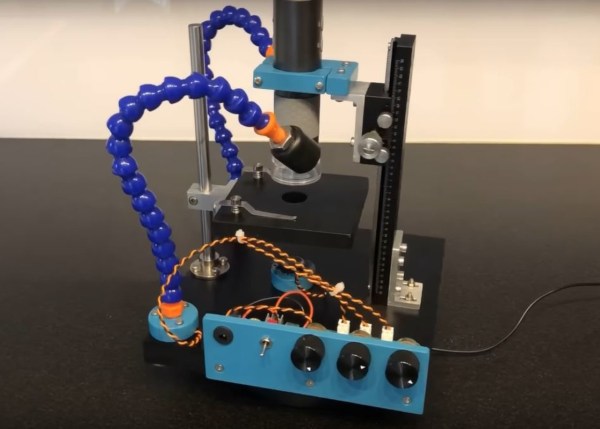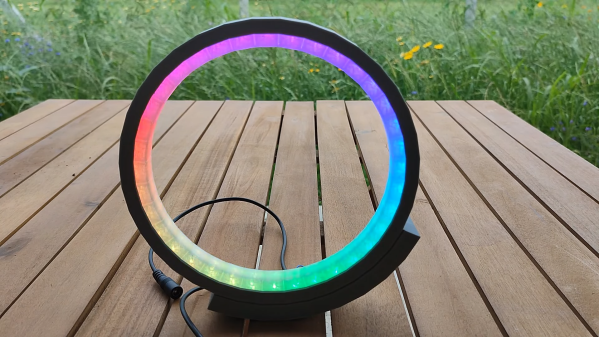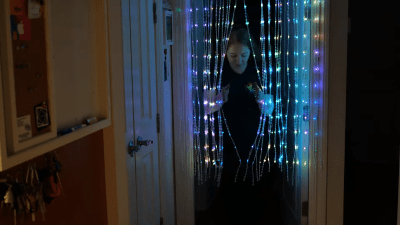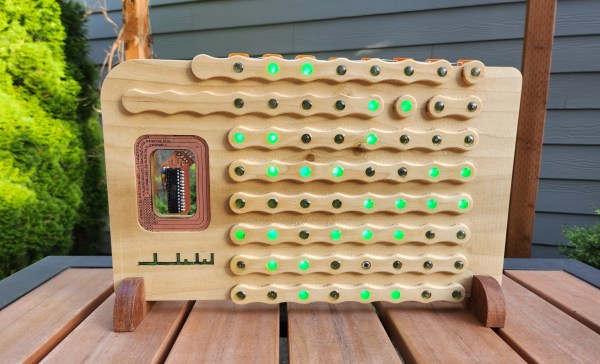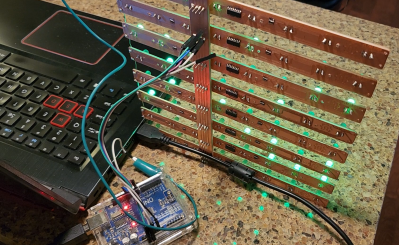We’ve all got one: a blank space somewhere in our home that we don’t know what to do with. [James Miller] had one above his kitchen cabinets, so he filled it with a giant LED matrix. The result is a large but surprisingly attractive LED screen that can send messages, provide illumination, or while away the idle hours of the night playing Conway’s Game of Life.
[James] built the matrix using the usual suspect for these builds: several strings of WS2812 lights . He initially ran this from a Raspberry Pi, but realized that there was no need for such a dizzying amount of computing power, so he switched to an ESP32 instead. The frame is built from wood and foam board.
The first version he built used a fabric diffuser, but after a close encounter with a flaming steak, he switched over to commercial ceiling light diffusers cut down to size. We might have been tempted to keep going and try an “egg crate” style ceiling light panel for a the smaller pixel size, but [James] thinks he has reached the “good enough” point of this project. It’s certainly a fun build, and it looks very cool with minimal materials.
Continue reading “Giant LED Matrix Fills Blank Space In The Kitchen”


